Bouclé vs Corduroy — The Difference Between The Textured Fabrics That Have Captured Our Collective Attention Lately
For years, bouclé has captivated the interior design scene. But corduroy might be giving the quiet luxury fabric a run for its money
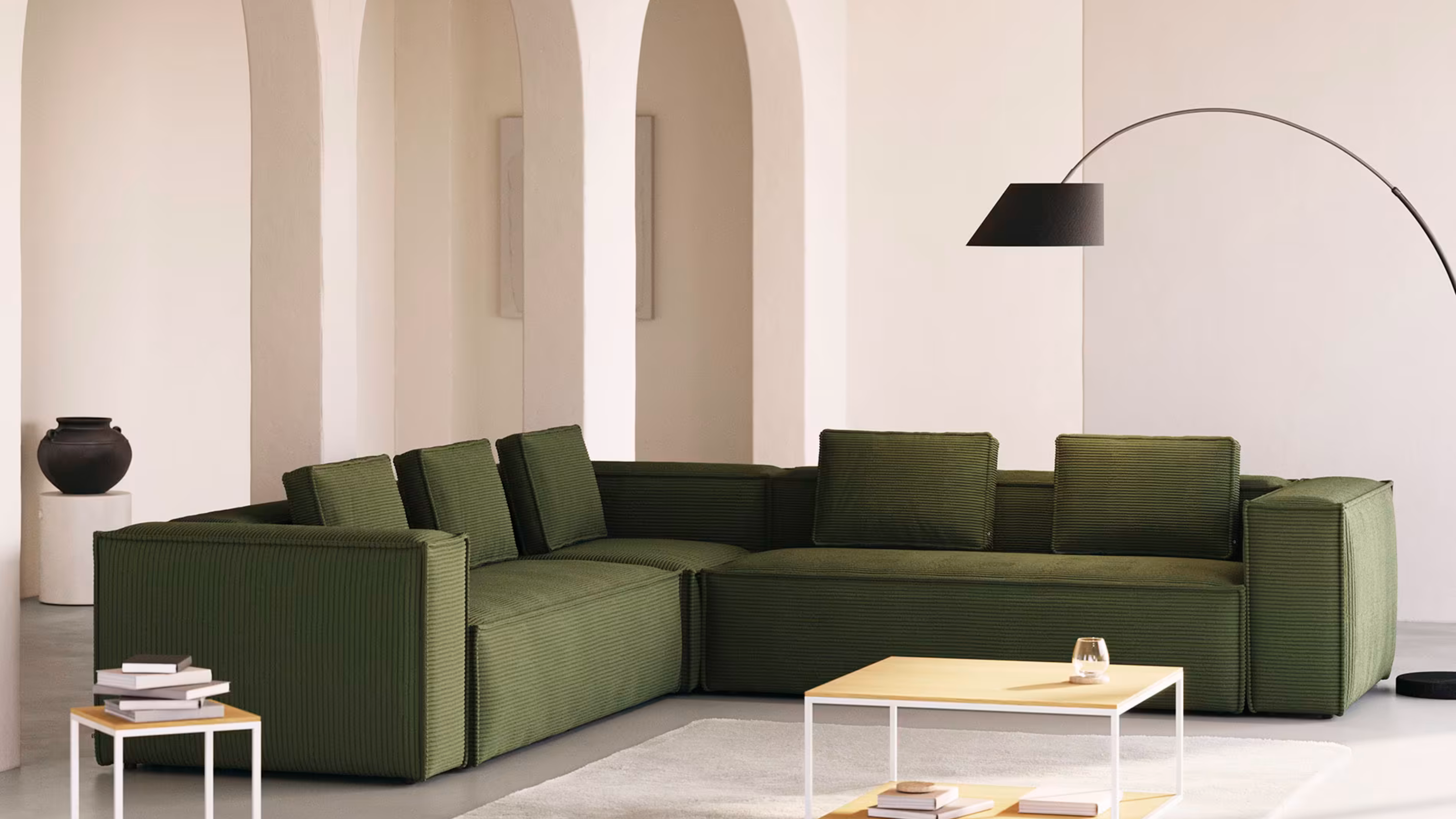
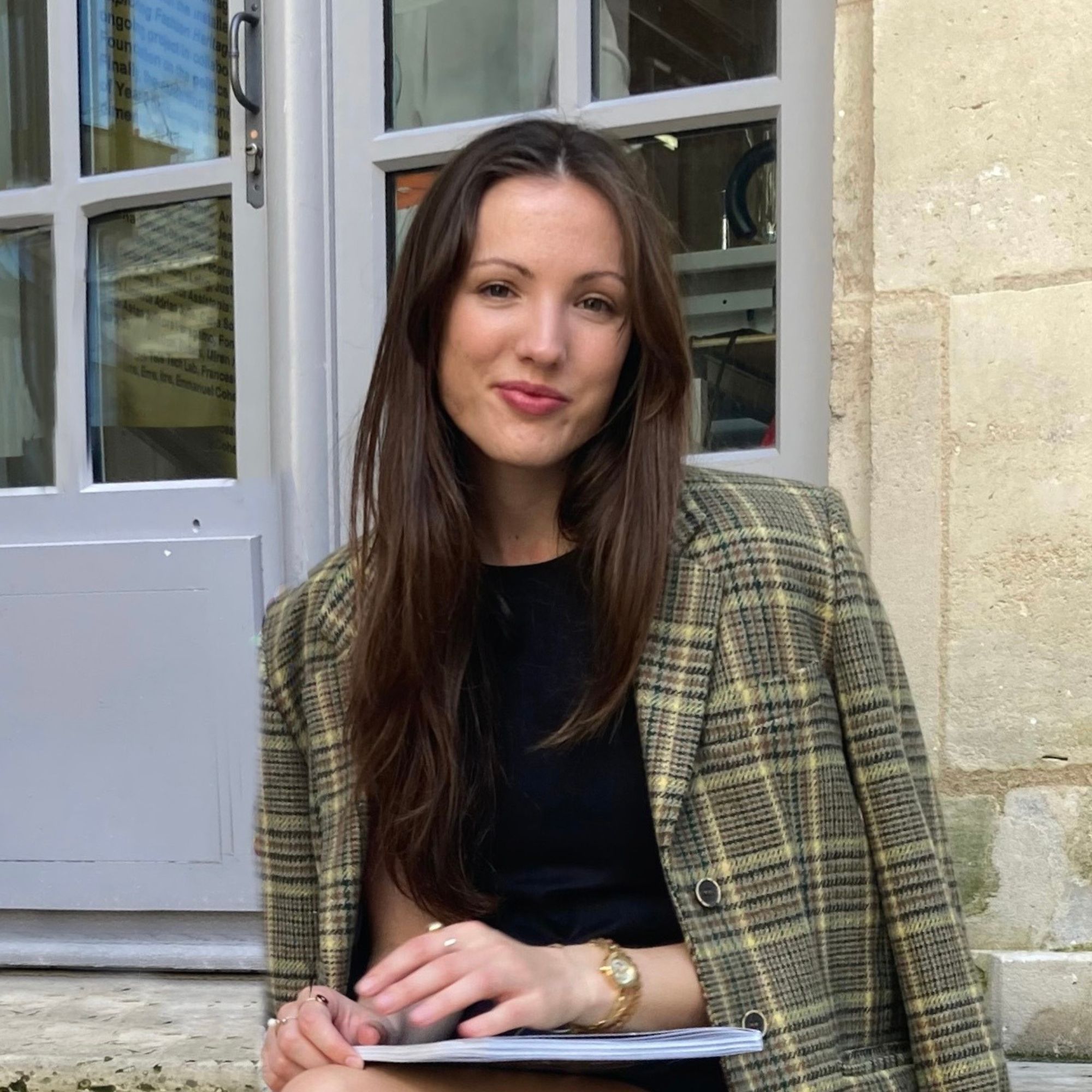
Bouclé this, bouclé that. For the past few years, bouclé has absolutely dominated interior design. But could it be time for the coveted fabric to finally relinquish its power? Bouclé vs Corduroy: it's time to pick your player.
Now, corduroy certainly isn't a new fabric trend by any means, but it's certainly having a renaissance in interiors thanks to a re-found appreciation for 70s design styles. 1stDibs’ editorial director Anthony Barzilay Freund, told me that we "see corduroy used almost exclusively in designs from the 1970s (the fabric’s first real heyday)."
On the other hands, there's bouclé, which, according to Anthony, first took to the stage when designer Eero Saarinen used the knotty fabric for his Womb chair in the mid-1940s. Now in 2025, you'd be hard pressed to find a home without a bouclé-upholstered something.
So, it's clear that both of these fabrics are well established in interior design, but which is better? How do we choose? Bouclé vs corduroy? In order to make a decision, it's worth diving a little deeper on each, which I've conveniently done for you, below.
Corduroy Fabric
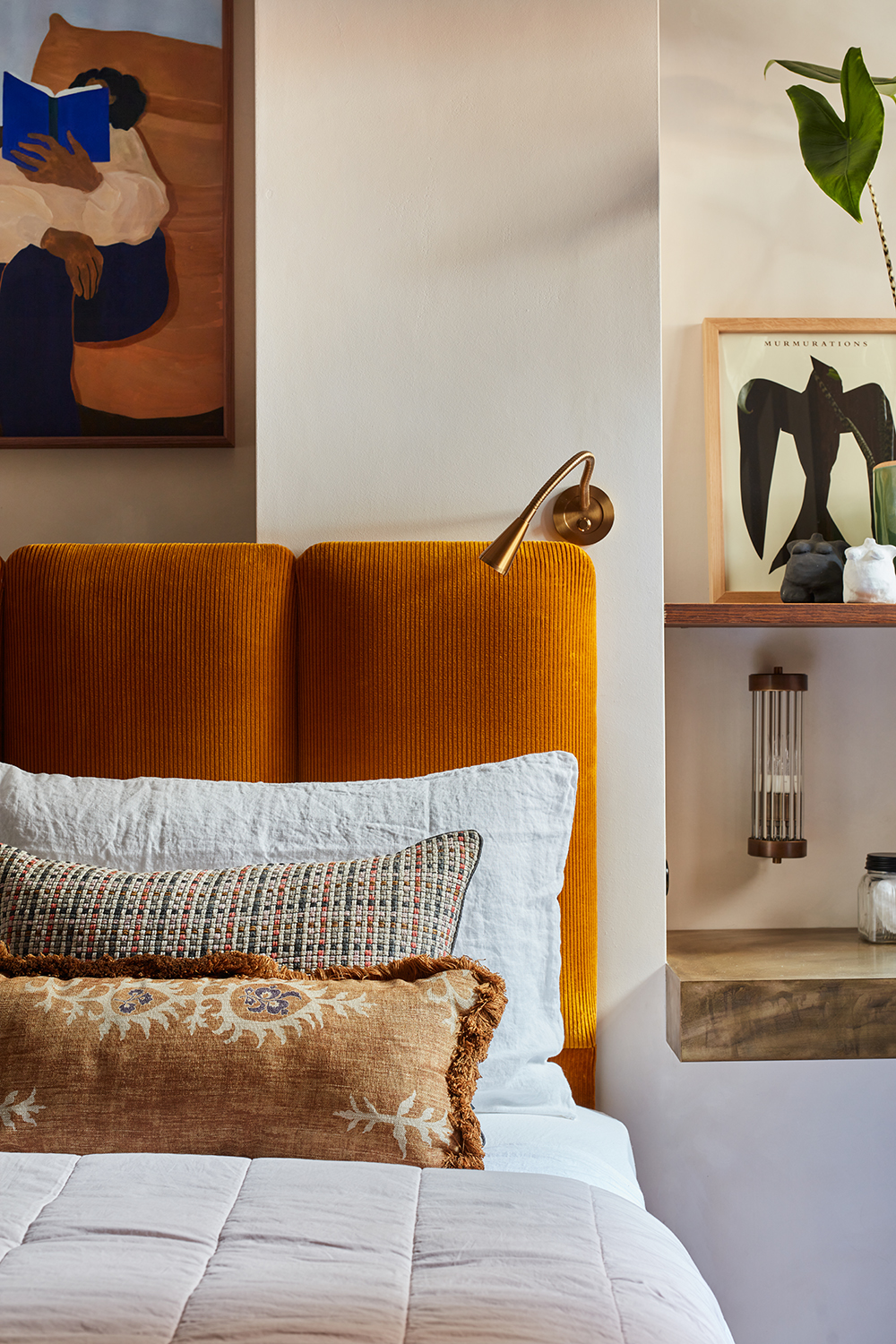
We often see corduroy fabric in retro colors since the fabric has such strong ties to designs from the 1970s.
We've identified that corduroy has strong ties to the 70s, and therefore it's common to see the fabric dyed in vibrant colors that are reminiscent of that time period — like yellows, oranges, browns, or greens.
However, aside from its potential for vibrancy, corduroy is also a material that has an innate sense of depth, warmth, and a traditional sophistication about it. It's ideal for a cozy living room, says Philippe Desart, managing director of Arte International.
"Its soft, ridged texture wraps interiors in a cocoon of comfort," Philippe adds. "Timeless yet relaxed, this understated fabric invites a sense of ease and intimacy, creating rooms that are as welcoming as they are refined."
When comparing corduroy vs bouclé, it's clear that the two fabrics are both well-known, but they're not both quite as well-loved. "Corduroy has been less ubiquitous, and manages to fly a bit more under the radar, perhaps because its defining texture is less easy to discern from across a room," explains Anthony Barzilay Freund.
But corduroy has a subtle yet alluring quality to it. Its ridged texture captivates, capturing the light with its soft sheen, without overpowering a space.
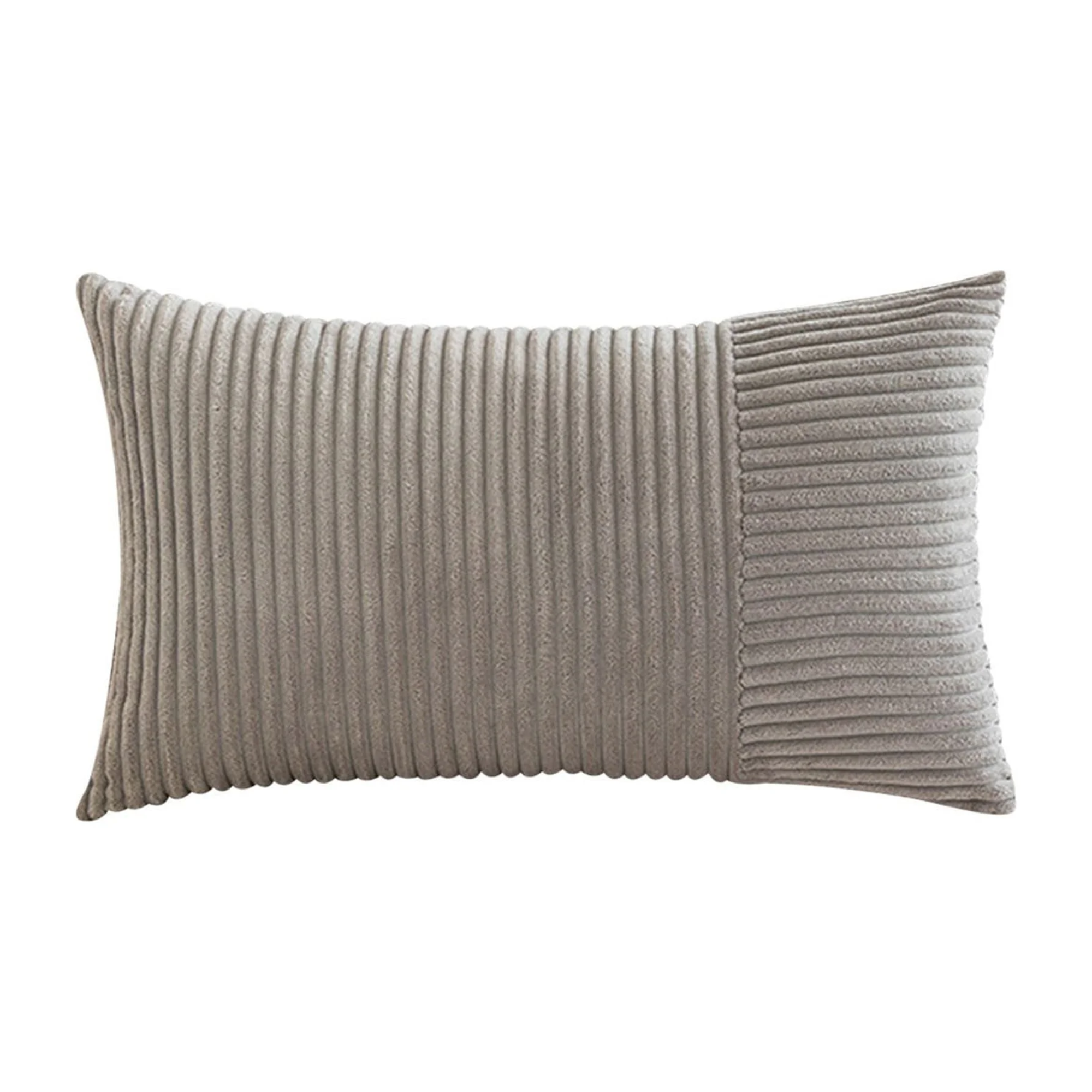
Corduroy has a sense of rigidity to it because of its consecutive straight lines. The design of this pillow counteracts that rigidity by combining horizontal and vertical lines. This pillow is visually pleasing and texturally interesting.
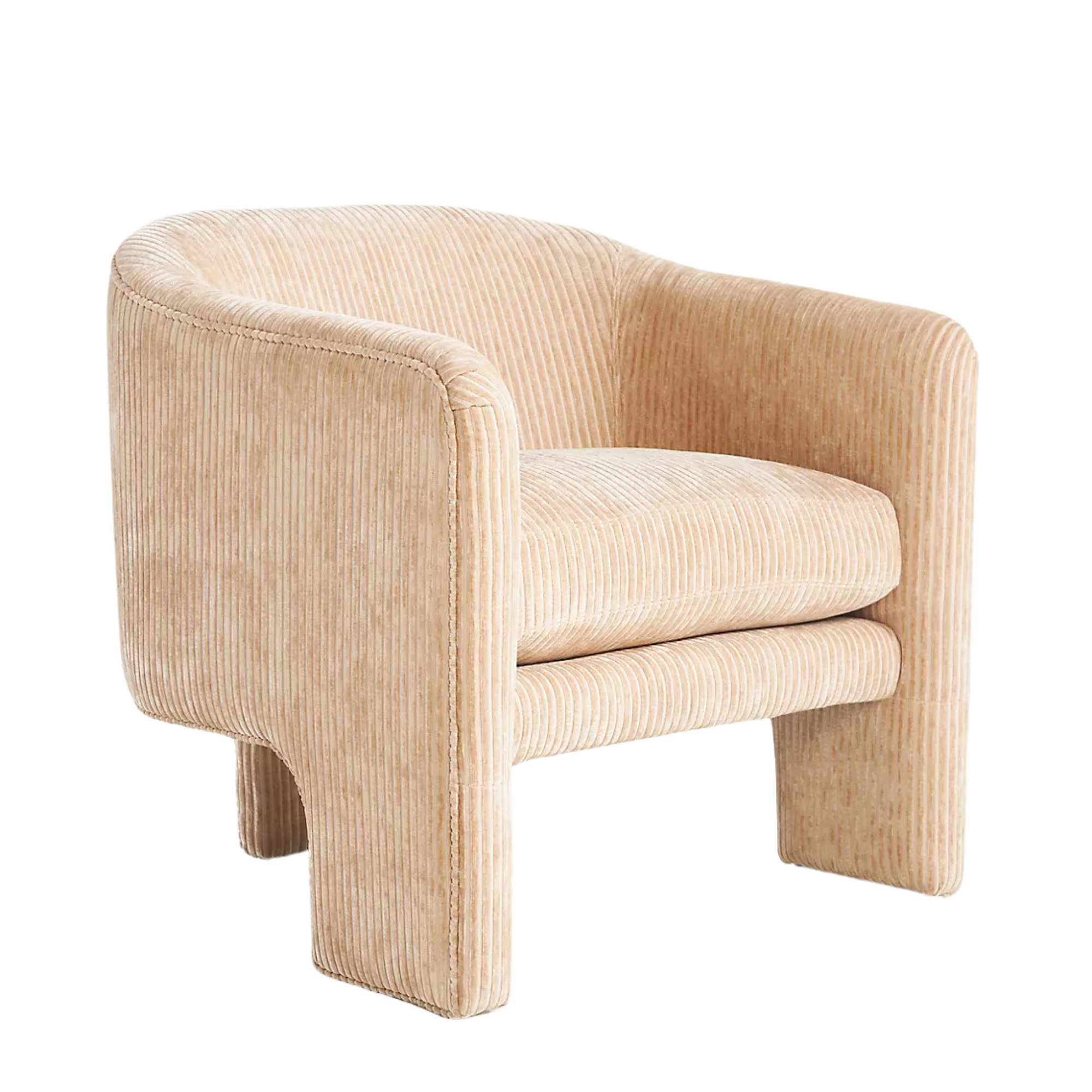
In texture alone, corduroy adds an intriguing depth to any space. And since it's a fabric that has strong ties to the 70s, it always looks good when you pick something in a 70s color palette? This dining chair set will do just the trick thanks to its peachy color.
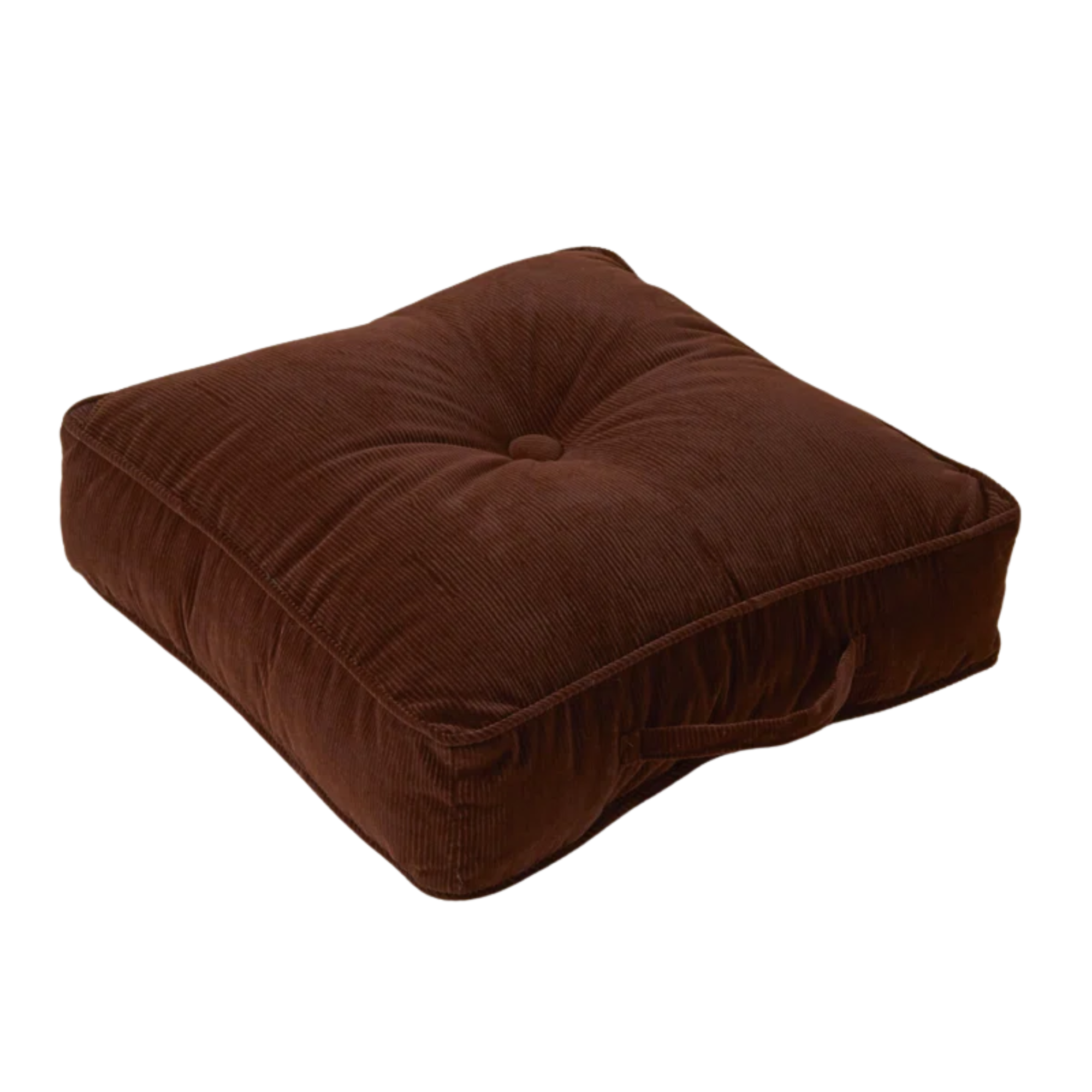
If you're looking for something small that'll give your space some texture, opt for a corduroy floor cushion, like this one. Aside from its unique ridged feel, the rich brown color adds to its allure. Use this cushion as extra seating in your living room and instantly add some depth to the space.
Bouclé Fabric
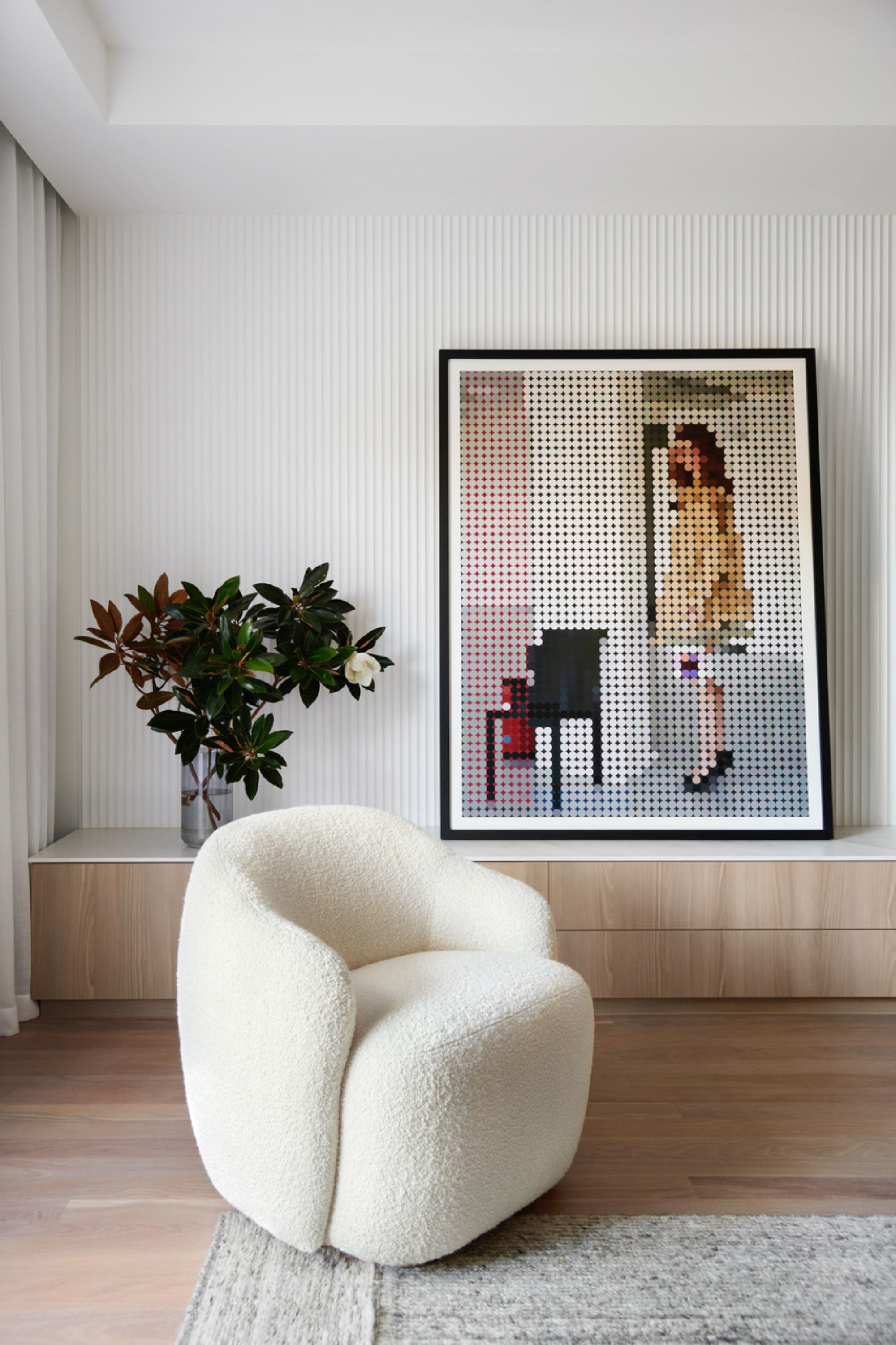
Bouclé upholstery is a major feature of the quiet luxury trend — the fabric adds a textural intrigue to a space that might be otherwise minimal.
While bouclé fabric has been around for decades, its popularity really took off with the onset of the quiet luxury trend in the last few years. Its looped, nubby surface feels somewhat contrary to the more traditional straight-lined look that corduroy delivers.
It's certainly a visually stunning material, and a timeless one, too, but has our collective obsession with it lately make it feel overused? "Truth be told, bouclé's popularity has turned it into a bit of a cliché," Anthony Barzilay Freund admits.
And it's true. The fabric has been used for everything under the sun — from sofas and chairs to lamps and pillows. But, even still, when weighing up bouclé vs corduroy, you can't deny it's stylish. Even Anthony will admit that.
"I somewhat sheepishly (excuse the pun) admit that bouclé still manages to be fresh and inviting to my eyes no matter how many iterations of the upholstery I’ve seen," Anthony confesses.
So while bouclé might be overused, it seems we're not over it just yet.

From the nubby bouclé texture to the unique spherical shape, this pillow is just what you need to add some depth and interest to your couch or bed. Along with this khaki color, this pillow comes in blue and ivory.
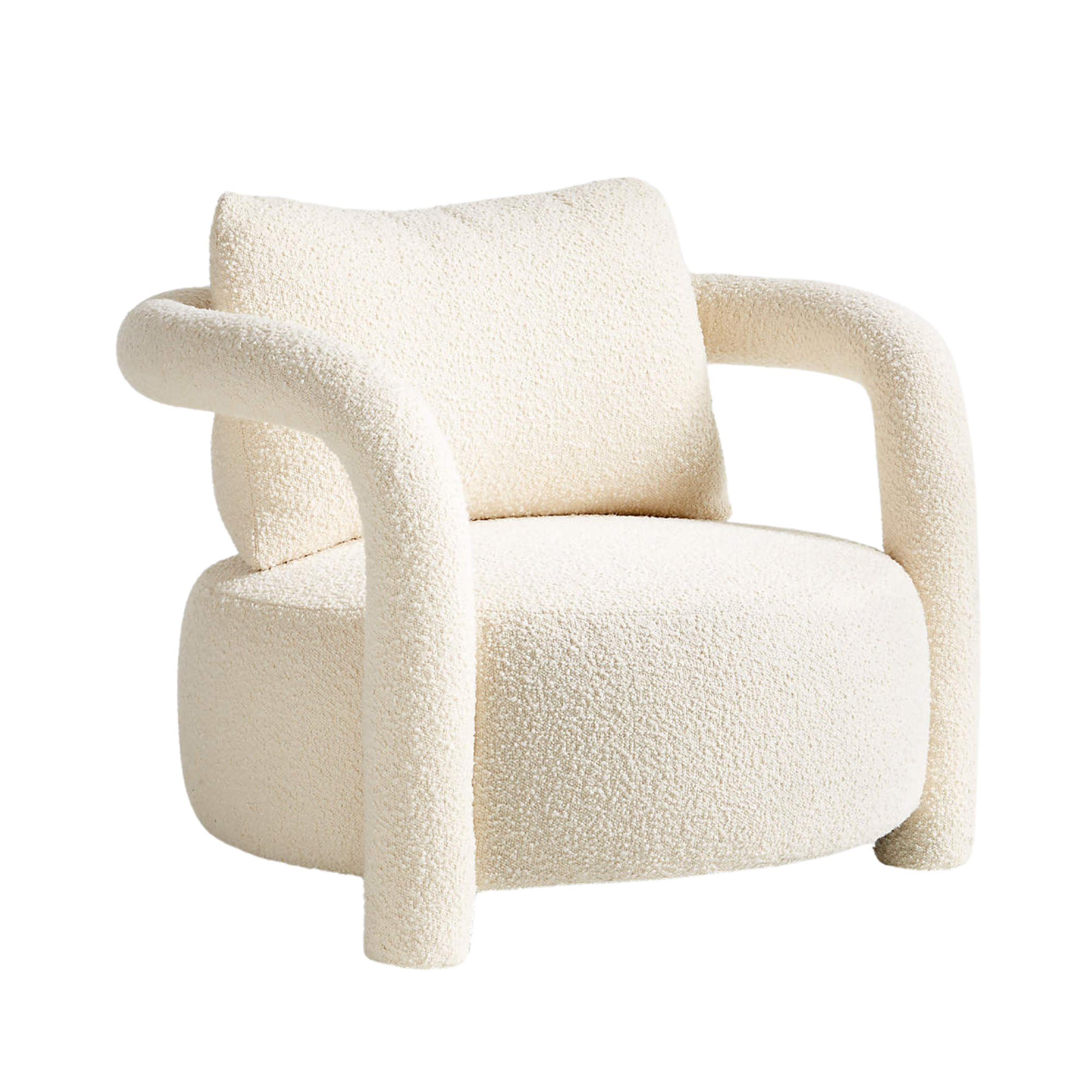
Who doesn't love an ultra-soft bouclé accent chair? The style of the chair serves as the perfect modern living room accent with its low seat and curved frame. Just picture yourself relaxing in this chair to enjoy your evening read — there's nothing better.

This stool introduces bouclé in a subtle yet alluring way. It's from design duo Pierce & Ward's West Elm collection, which is full of some stunning home decor. Use this stool as extra seating in your living room that serves as a pop of texture in the space.
So, Bouclé vs Corduroy?
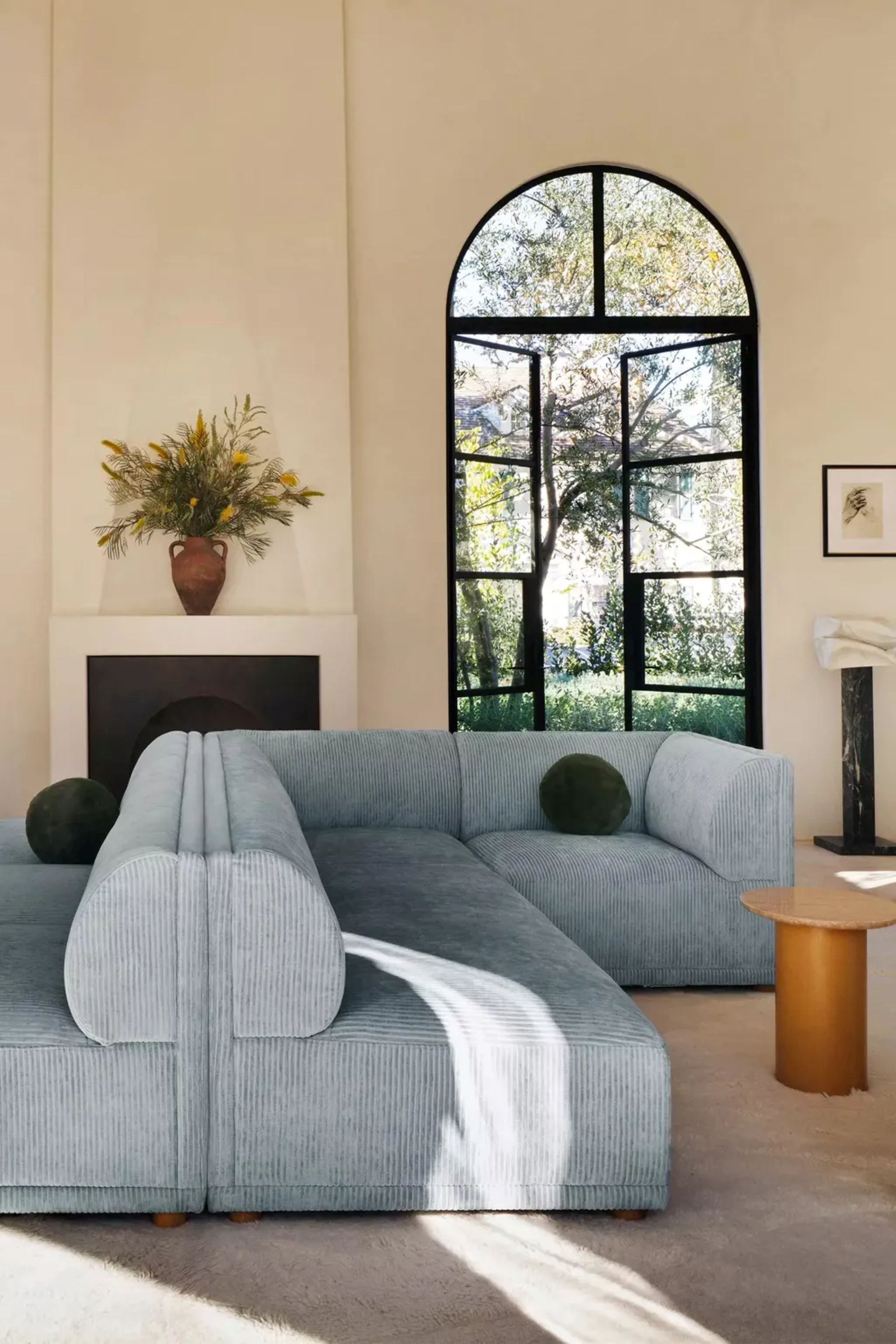
The rigidity of the corduroy texture adds an intriguing allure in any room.
It's undeniable that corduroy and bouclé both bring a unique charm to the world of interior design. Corduroy has a ridged yet soft texture that evokes a sense of nostalgia thanks to its strong ties to 70s style, whereas bouclé, conversely, feels somewhat fresh and modern with its looped and nubby texture and typical neutral color.
Is it time for corduroy to dethrone bouclé? It's almost a popular opinion these days to reject bouclé — a sign that you a bold enough to defy interior design trends. But look to the market, to design shows, to people's homes. There's a reason bouclé furniture is still everywhere: people are still buying it. People still love it.
So if you still love it, stick with it. If you're completely over it, perhaps corduroy is the reprieve you've been waiting for.
Be The First To Know
The Livingetc newsletters are your inside source for what’s shaping interiors now - and what’s next. Discover trend forecasts, smart style ideas, and curated shopping inspiration that brings design to life. Subscribe today and stay ahead of the curve.

Devin is a New York-based Style Editor for Livingetc who is keen on all aspects of personal style. From a young age, she was drawn to the design world, whether that was taking sewing classes in her hometown, or flipping through the pages of her mother’s interior design magazines. She spent hours on end watching HGTV home improvement and design programs, often sharing her opinions as if the TV could hear her.
After graduating from Villanova University with a BA in Communication and Spanish Language Studies, Devin moved to Paris, France to pursue her Master’s Degree in Fashion Studies at Parsons. It was here she refined her love for style in every sense of the word. While there to study fashion, living in Paris allowed Devin to fall in love with interior style. She grew fond of the city’s mix of both classic and contemporary designs that felt intentional and personal.
After moving back to the United States, Devin worked at Tom Ford and later Cosmopolitan Magazine. She loves sharing design choices with her readers, from explaining how to incorporate trends into interior spaces to sourcing the best products for your home. Devin believes style should be inclusive, exciting, and at its core, fun.
-
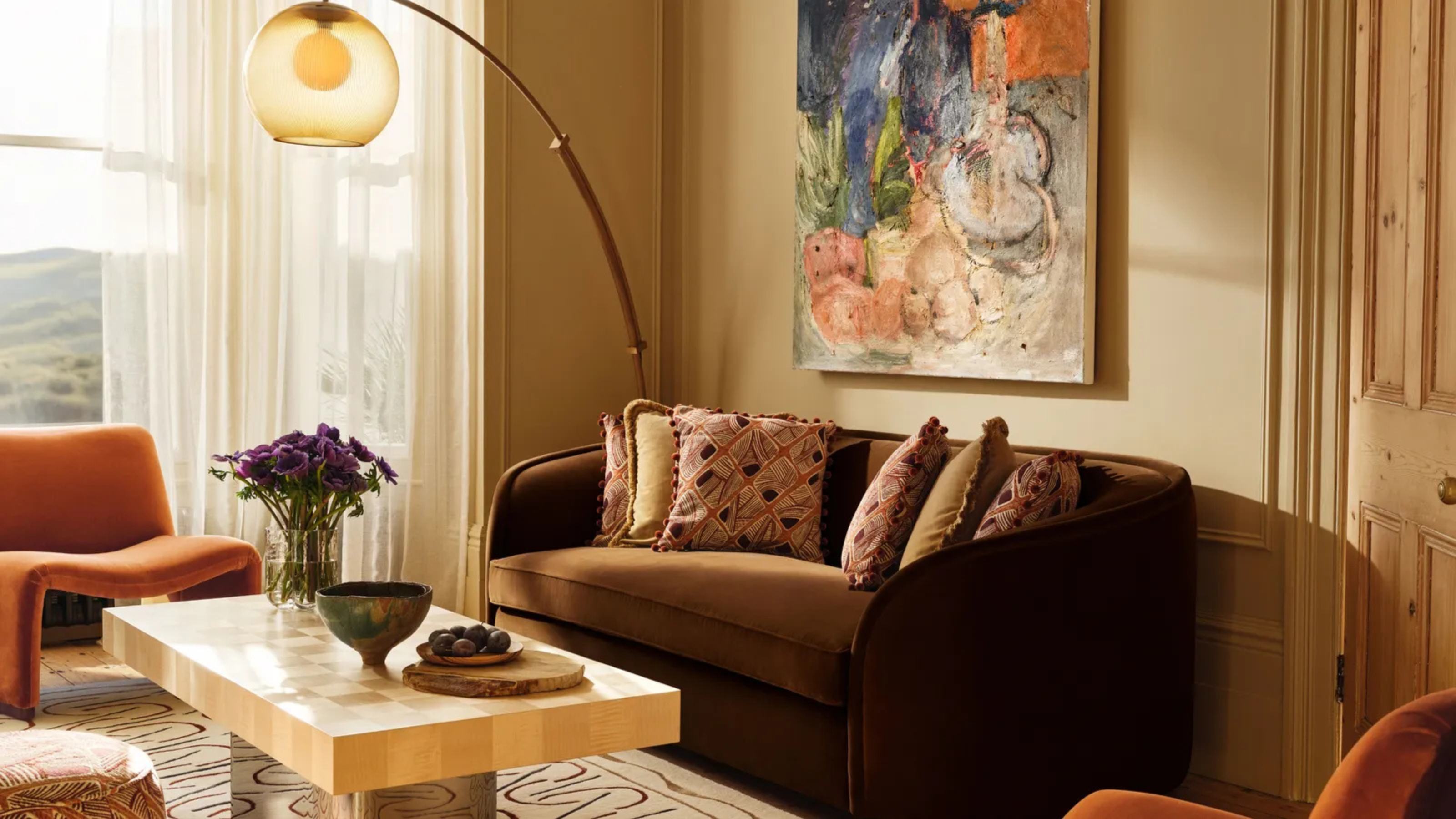 The 70s Are Back, Baby, but Not All Trends From the Decade Deserve a Revival — Here's the Looks to Avoid That Will Just Date Your Home
The 70s Are Back, Baby, but Not All Trends From the Decade Deserve a Revival — Here's the Looks to Avoid That Will Just Date Your HomeFrom an overwhelming use of orange to toilet carpets (eww!), designers reveal which 70s interior trends are best kept in the past
By Devin Toolen
-
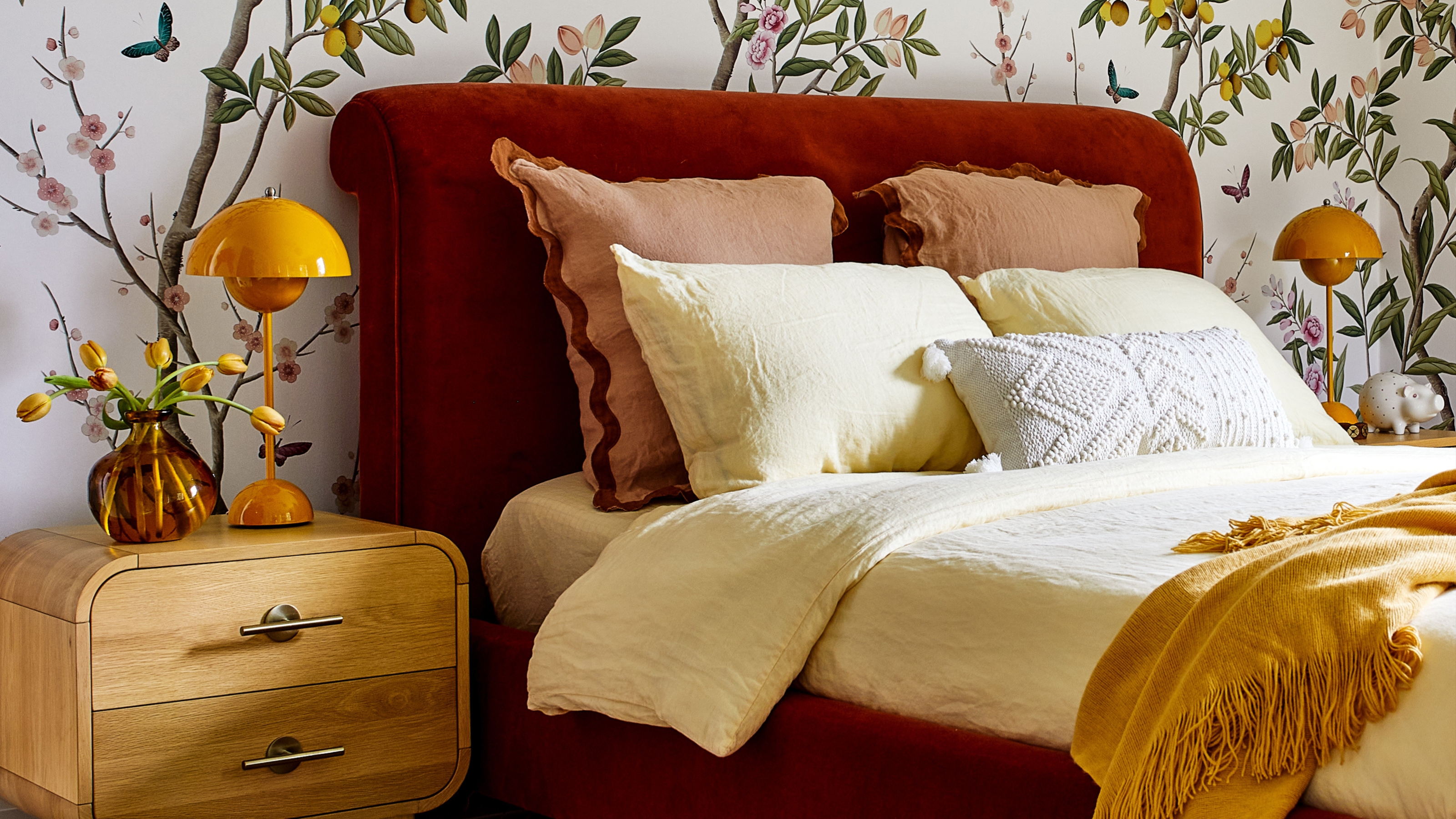 Do Red and Yellow Go Together? Designers Share How to Make This Punchy Pairing Feel Soothing Rather Than Stark
Do Red and Yellow Go Together? Designers Share How to Make This Punchy Pairing Feel Soothing Rather Than StarkThese primary colors might seem like they'd clash, but get the levels right, and designers say this combination can look remarkably classic
By Olivia Wolfe